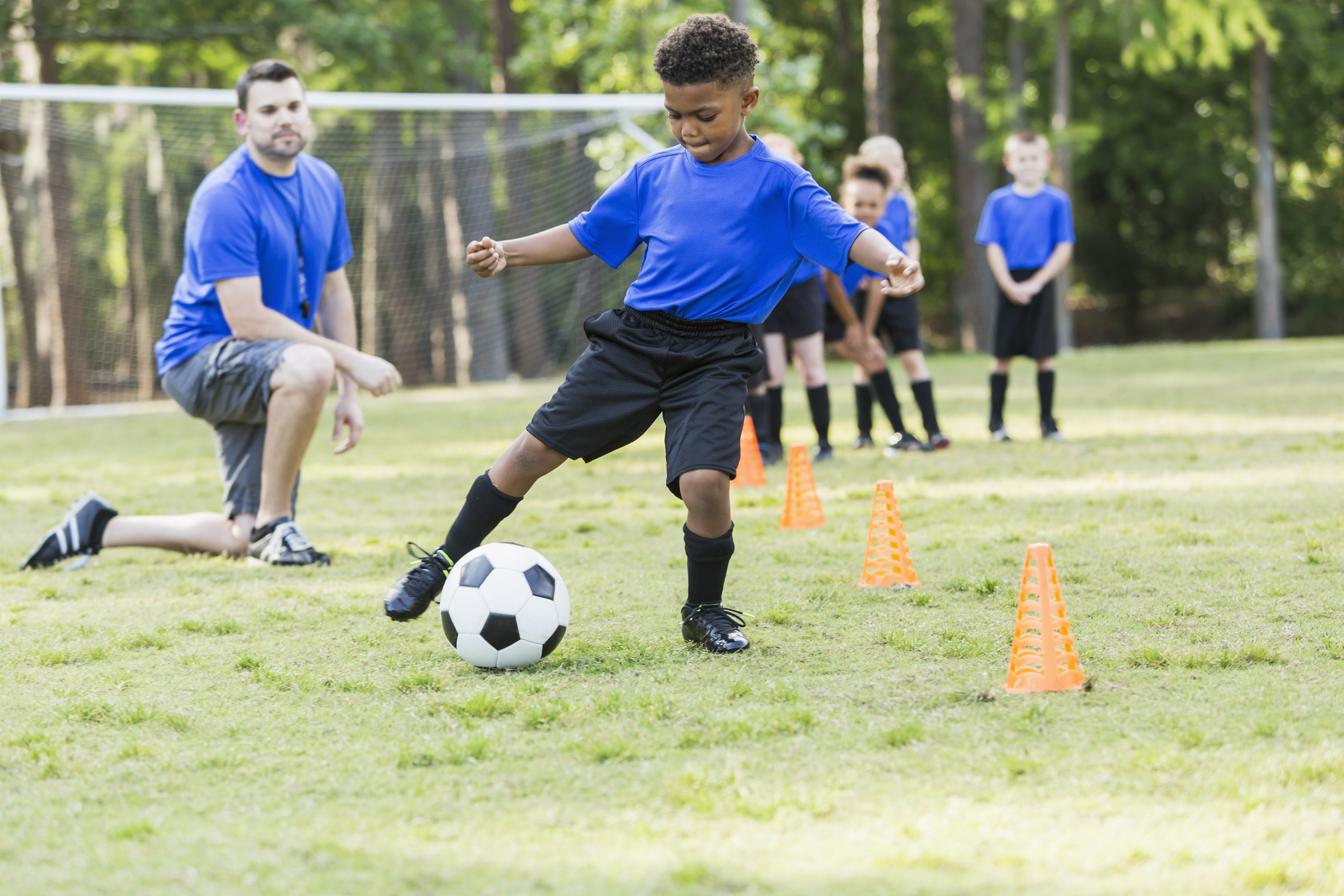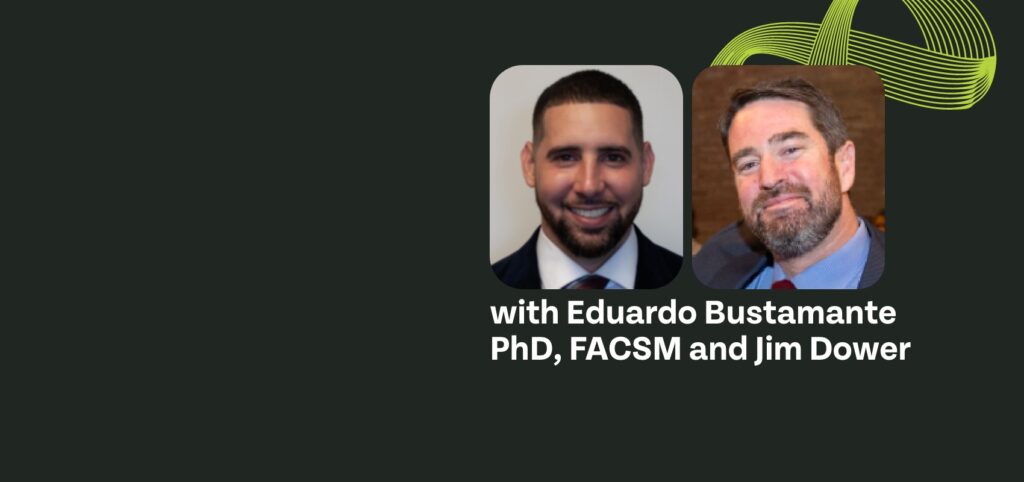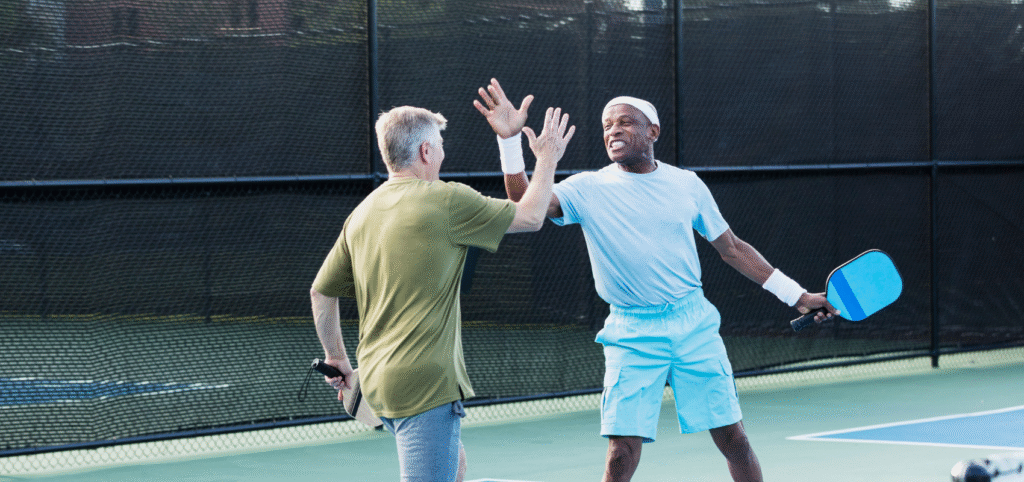Patients with sport-related concussion have traditionally been advised to employ strict physical and cognitive rest until all of their symptoms resolve, i.e., until they become asymptomatic. This “cocoon therapy” was based largely upon animal research showing that early uncontrolled physical activity delayed recovery from simulated concussion. Emerging evidence over the past decade, however, demonstrates that there is no empirical human evidence that “cocooning” is therapeutic and that most persons do not live their normal lives in an asymptomatic state.
Since 2001, the international Concussion in Sport Group (CISG) has issued statements on the evidence for concussion assessment and management. The statement from the 2016 meeting recommends an initial period of relative (as opposed to strict) rest during the first 24-48 hours followed by gradual return to school and social activities (prior to contact sport). The statement also says that sub-symptom threshold aerobic exercise may be effective for concussion recovery. Since its publication, several randomized controlled trials have confirmed that early sub-symptom threshold aerobic exercise treatment safely speeds recovery from sport-related concussion. What remains unknown is (a) whether there is there a direct relationship between adherence to a personalized exercise prescription and recovery, and (b) does initial concussion symptom burden determine adherence to the prescription?
Our study, published in the September issue of Medicine & Science in Sports & Exercise®, is a secondary analysis from our recent randomized controlled trial in adolescents. It showed aerobic exercise initiated within 10 days of sport-related concussion was more effective than placebo-like stretching for recovery. Importantly, early aerobic exercise treatment significantly reduced incidence of delayed (>1 month) recovery. Exercise prescription was based on 90% of the heart rate threshold at the point of symptom exacerbation on the Buffalo Concussion Treadmill Test. Adherence was determined objectively by heart rate monitor data during exercise sessions at home. We found that adherent participants were more symptomatic and were more exercise intolerant at their initial visit (i.e., they had more severe concussion), yet they recovered faster than those who were not adherent.
The key takeaway from this study is that symptomatic adolescents who best adhered to the exercise prescription within the first week after initial evaluation recovered significantly faster from sport-related concussion than those who did not adhere. Unexpectedly, adolescents with more clinically severe concussions were the most adherent, suggesting they had a stronger motivation to engage in a potentially effective intervention.
Our study provides evidence regarding the timing and amount of aerobic exercise required to elicit a meaningful clinical effect. One interesting finding was that participants who exercised considerably more than their prescription dictated recovered rapidly without adverse effect. The effectiveness of any prescription depends upon the benefit of the prescription itself as well as the degree to which the patient adheres to it. Adolescent athletes who better adhered to this proven effective treatment for sport-related concussion, even those with more severe concussion signs and symptoms, recovered faster than those who did not adhere as well. Clinicians caring for concussed adolescents after sport-related concussion should avoid recommending strict rest. They should not only permit, but consider prescribing, early sub-threshold physical activity to treat sport-related concussion and to help reduce the risk for delayed recovery. A greater understanding of factors that influence adherence will help to optimize this non-pharmacological treatment for sport-related concussion in future studies.

Dr. John J. Leddy is professor of clinical orthopaedics and rehabilitation sciences at the University at Buffalo Jacobs School of Medicine and Biomedical Sciences. He is a Division 1 team physician and medical director of the University at Buffalo Concussion Management Clinic. He is a member of the expert panel for the Berlin Fifth International Consensus Conference on Concussion in Sport. In conjunction with Dr. Barry Willer, he developed the Buffalo Concussion Treadmill Test. He is a fellow of ACSM, AMSSM and of the American College of Physicians and is director of outcomes research for the Department of Orthopaedics.
Viewpoints presented in SMB commentaries reflect opinions of the authors and do not necessarily represent ACSM positions or policies. Active Voice authors who have received financial or other considerations from a commercial entity associated with their topic must disclose such relationships at the time they accept an invitation to write for SMB.




